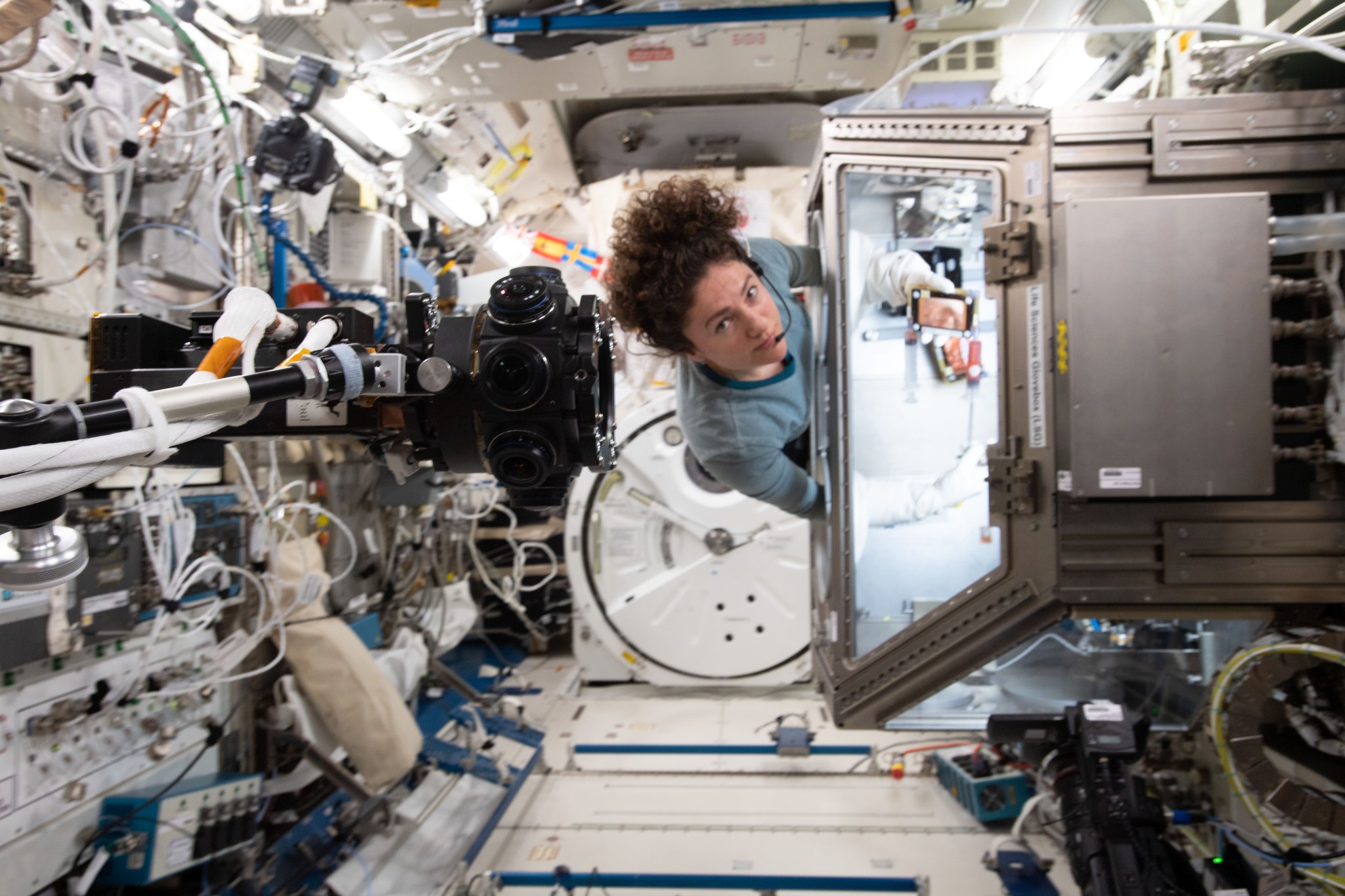Exposure to altered gravity causes skeletal changes, which can result in compromised bone strength during and after spaceflight, increasing the risk of fracture. Bone fracture in-mission depends on expected loads and degree of skeletal fragility. Countermeasures such as exercise, adequate nutrition, and medications are needed in order to prevent demineralization, especially during long-duration missions such as planetary and deep-space exploration. The long-term impact of bone changes due to lunar and interplanetary spaceflight are also uncharacterized, increasing risk of fracture during these future missions.
Directed Acyclic Graph Files
+ DAG File Information (HSRB Home Page)
+ Bone Fracture Risk DAG and Narrative (PDF)
+ Bone Fracture Risk DAG Code (TXT)
Human Research Program
+ Risk of Bone Fracture due to Spaceflight-induced Changes to Bone
+ 2017 May Evidence Report (PDF)
































